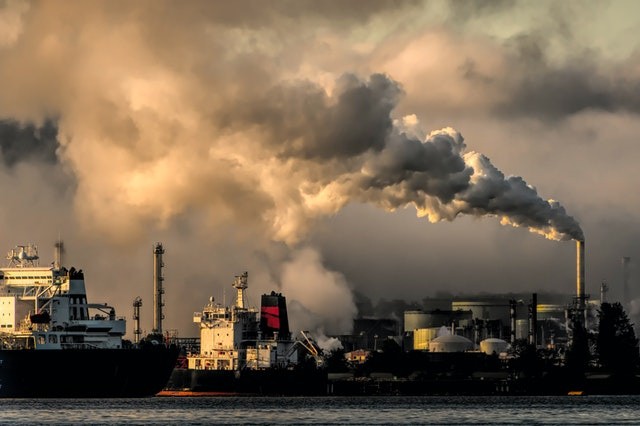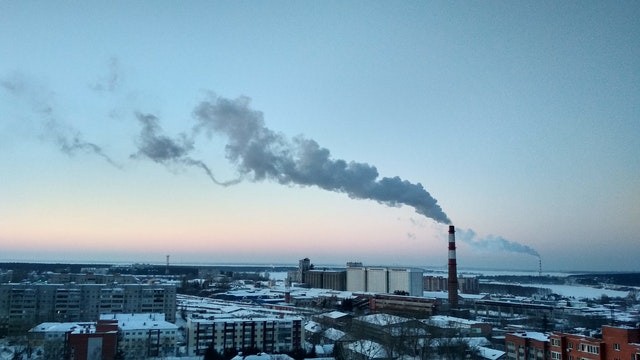According to a recent study from the Harvard John A. Paulson School of Engineering and Applied Sciences (SEAS), the Environmental Protection Agency (EPA) understates methane emissions from oil and gas extraction in its annual Inventory of U.S. Greenhouse Gas Emissions and Sinks. The study team discovered 90 percent higher oil production emissions and 50 percent higher natural gas production emissions than the EPA reported in its most recent inventory.

Pollution Assessment

"This is the first country-wide assessment of pollution that the EPA reports to the United Nations Framework Convention on Climate Change (UNFCC)," said Maasakkers, who works at the SRON Netherlands Institute for Space Research.

Currently, the EPA only declares total national emissions to the United Nations Framework Convention on Climate Change (UNFCCC). Maasakkers and his colleagues, including Daniel Jacob, the Vasco McCoy Family Professor of Atmospheric Chemistry and Environmental Engineering at SEAS, previously collaborated with the EPA to chart geographic methane emissions from various sources in the United States. To model how methane travels through the atmosphere, the degree of detail was used.
Related Article : California's Diesel Emission Policy Worked as Proven by the Decrease in Air Pollution
Comparing Simulations and Satellite Observations

The researchers compared such simulations to satellite observations from 2010 to 2015 in this article. They followed the direction of pollution from the atmosphere to the ground using a transport model and found locations around the United States where the results and models didn't add up.
"When we look at emissions from space, we can just see how overall emissions from an environment can be scaled up or down," Maasakkers said, "because we don't know the source of those emissions." "We should use our transport model to go back and find out what sources are responsible for such under- or over-estimations in the national total because we spend too much time with the EPA finding out where these particular pollutants exist."
Emission Difference
The most important difference was in pollution from oil and natural gas output.

The Environmental Protection Agency (EPA) measures emissions depending on systems and facilities. For example, the EPA calculates how much methane a gas pump produces, multiplies that by the number of pumps in use worldwide, and calculates cumulative emissions from gas pumps.
"The approach makes having figures for specific facilities incredibly difficult because it's difficult to account for any potential source of pollution," Maasakkers explained. "We know that a limited number of facilities account for the majority of emissions, but there are obviously facilities that are generating more emissions than these average figures would suggest."
The study is published in the journal Atmospheric Chemistry and Physics.
For more news update about Environmental Action, don't forget to follow Nature World News!
© 2026 NatureWorldNews.com All rights reserved. Do not reproduce without permission.





